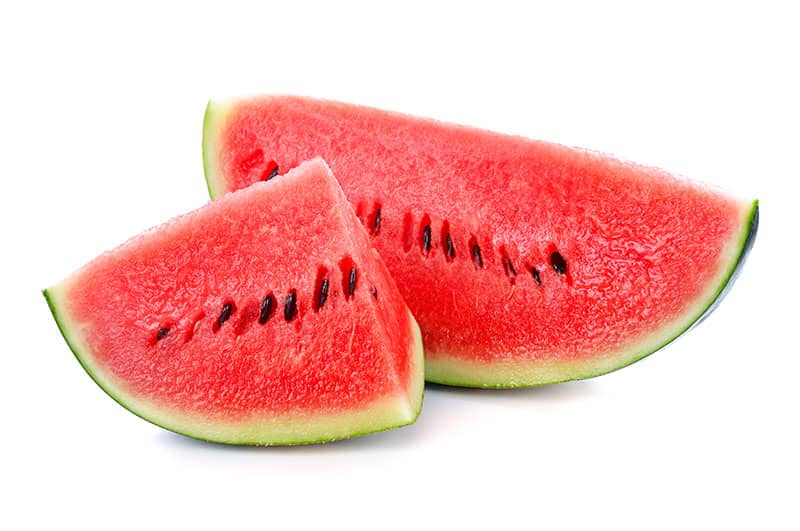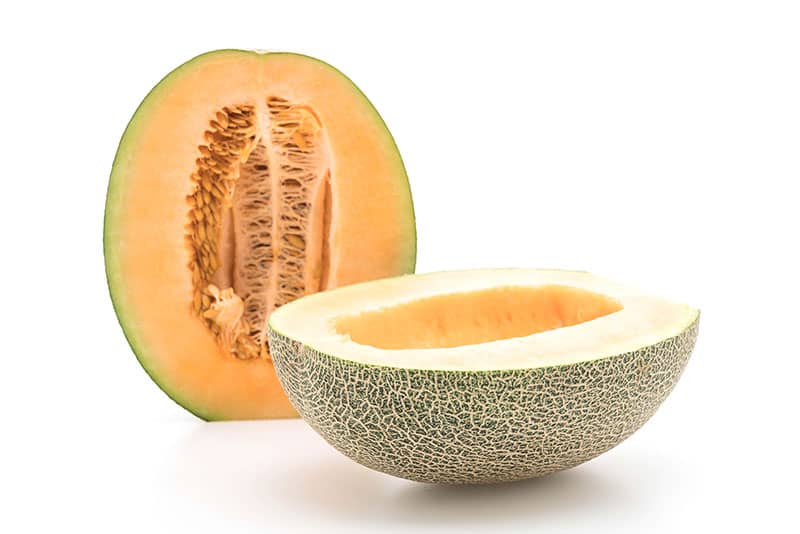
Hydroponic Fruits includes watermelon, cantaloupe, strawberries, grapes, raspberries, blackberries, blueberries and strawberries. With the proper conditions some fruit trees, such as bananas or lemons can also be grown hydroponically. Basic hydroponic systems are easily maintained and inexpensive.
What Are The Best 6 Hydroponic Fruits?
Some of the health benefits of having more fruits and vegetables in your diet has been linked to a reduced risk of various conditions, including diabetes, heart disease, cancer, and obesity.
Before you start you start growing Hydroponic Fruits you have to ask yourself: why do you want to grow it? What is your reason for owning a hydroponic garden? How large is your space? How many components have you got?
How do you grow a hydroponic fruit tree?
Hydroponics is the terms of growing without soil. You can choose from a bunch of different methods to grow hydroponically, but keep in mind that in every system depending on the condition each plant may not grow the same.
Methods you can use to grow trees hydroponically:
- Flood and Drain. The flood and drain system is also commonly called the ebb and flow method.
- Drip irrigation.
- Using different growing mediums.
- Rice husk.
- Vermiculite or Perlite.
- Rockwool.
- Lighting.
- Temperature.
Using hydroponics methods and adding minerals and nutrients to the water at optimum levels you can grow almost anything. Here’s our list of 6 best fruits to grow in a hydroponic greenhouse:
Watermelon

Most people think that it is impossible to grow watermelon because of how large and heavy they are, but this actually one of the best Hydroponic Fruits you can grow.
There are specially designed hydroponic systems for watermelons like ebb and flow systems. Growing watermelon is a great to stay away from getting dehydrated, especially in the summer heat, thanks to the highest amount of water it contains.
In general melons like lights and you should consider providing up to 10 hours of light. take an early variety such as Sugar baby. Remember to Cross-Pollinate. Tie up the vines, and when growing indoors, provide plenty of lighting.
Tip: Favorable temp: warm (72-90°F). pH: 5.5-6.0.
Cantaloupe

Water-loving plants such as cantaloupe and watermelons can grow best in the water environment of hydroponics. Similar techniques for melons are much like those for cucumbers in hydroponic vegetables. Cantaloupe similar to watermelons are one of the preferred Hydroponic Fruits you can grow.
Cantaloupe like to be in warm conditions day and night. Mold can be caused by a high humidity that’s the why keep the area very well ventilated. One of the top cantaloupe is Honey Dew. Melons can be grown at around 4-5 plants per 3-ft.-long single row and fruit numbers should be limited to 3-4 per plant.
Cantaloupe is mostly water and contains vitamin C, vitamin A, potassium, important for your heart, muscles, and blood pressure. This fruit is filled with electrolytes balance body fluids in your body.
The presents of antioxidants can help prevent cell damage that can lead to health conditions such as cancer.
Tip: Favorable temp: warm (72-90°F). pH: 6.0.
Strawberries

Strawberries are among the Best Hydroponic Fruits and one of the most popular plants growing in commercial hydroponic production. Strawberries enjoy wet conditions and they can provide bigger fruits compare to planted in soil and can produce all year round. The plants are best suitable for NFT system.
Strawberry plants require two to three years to mature. Ideally plant them eight inches apart from each other and it is best to get a self-pollinating variety like Ozark Beauty.
Strawberries are well known immunity boosters, high in vitamin c and antioxidants. They also aid in lowering high blood pressure and cholesterol.
You can start with purchase a couple of strawberry starter runners online store during the fall, and then place them in a refrigerator during the winter or for a few of months before planting them in your hydroponic indoor garden. You can produce without much efforts all year around using a variety of hydroponic system.
Tip: Favorable temp: warm (50-70°F, 10-21°C). pH: 6.0
Blueberries

Most of the species of berries like strawberries, blackberries, blueberries, and raspberries are ideal for growing in hydroponic systems. Compare to strawberries, blueberries, among with raspberries are less frequently grown in a hydroponic set-up. As most of the hydroponic plants, they have the advantage from the protected and controlled environment of an indoor garden.
They are preferably grown about three to four feet above the floor in an elevated system. This way will enable you to have easy access to the plants for pruning and allow their stems to fall. These plants are grown in an NFT hydroponic system.
Blueberries’ blue color comes from anthocyanin. The vitamin C, vitamin B6, folate, fiber, potassium, and phytonutrient found in blueberries keep your heart health.
Tip: Favorable temp: warm (70-75°F, 22-24°C). pH: 4.0-5.0, light-12 to 16 hours daily
Grapes

Grapes vine fruits require more intensive care. Grapes are another favorite fruit that you can grow using hydroponic method. They work well in a bucket system with a trellis to grow on, but can be a bit tricky to grow. It is important to keep attention to pH imbalances and be sure they get plenty of water.
Hydroponic vines require a strong support system to hold the fruit-bearing vines. One of the most popular hydroponic growing system for grapes is an ebb-and-flow system. There are about 600 different varieties of grapes for growing.
DIY hydroponic grapes. grapes will grow in a hydroponic system, provided they are well-supported and get an adequate flow of nutrients.
The first grape vines was cultivated from people in the Middle East up to to 8,000 years ago. Grapes are a good source of fiber and have plenty of water. They contain polyphenols known as powerful antioxidants with anti-inflammatory and antioxidant properties, fiber and potassium, to improve blood pressure and support heart health.
Tip: Favorable temp: warm (70-75°F, 22-24°C). pH: 6.0-7.5
Raspberries

Hydroponics can be a healthy and an efficient method method of growing tasty raspberries, in a limited space. One benefit of growing raspberries is free to access to fresh berries all year long. The most common type of hydroponic system to growing raspberries in is a drip system. Many smaller varieties of raspberries work just fine, but some varieties are way too large to even consider for hydroponic system setup.
Raspberries can be found in wide range of colors besides red and black, including purple, yellow, or golden. They contain powerful antioxidants such as vitamins C and E, beta carotene, selenium, lutein, lycopene, and zeaxanthin.
They have a good amount of fiber that can help prevent blood pressure, obesity, heart disease, regulates cholesterol levels.
Specific types of berries can grow hydroponically, that need certain amount of nutrients and light. Hydroponic is an efficient method to grow berries and in small space.
Tip: Favorable temp: warm (70-75°F, 22-24°C). pH: 5.8-6.5
Here are some frequently asked questions about Hydroponic Fruits:
How long do hydroponic strawberries take to grow?
For strawberries grown hydroponically can take two to three years.
How long does it take to grow blueberries hydroponically?
Usually in a hydroponic setup the time blueberries need can be shortened but it depends on the conditions you provide.
Can you grow blueberries year round?
Blueberries can produce year-round production in some climates or simply by selecting the appropriate altitude.


